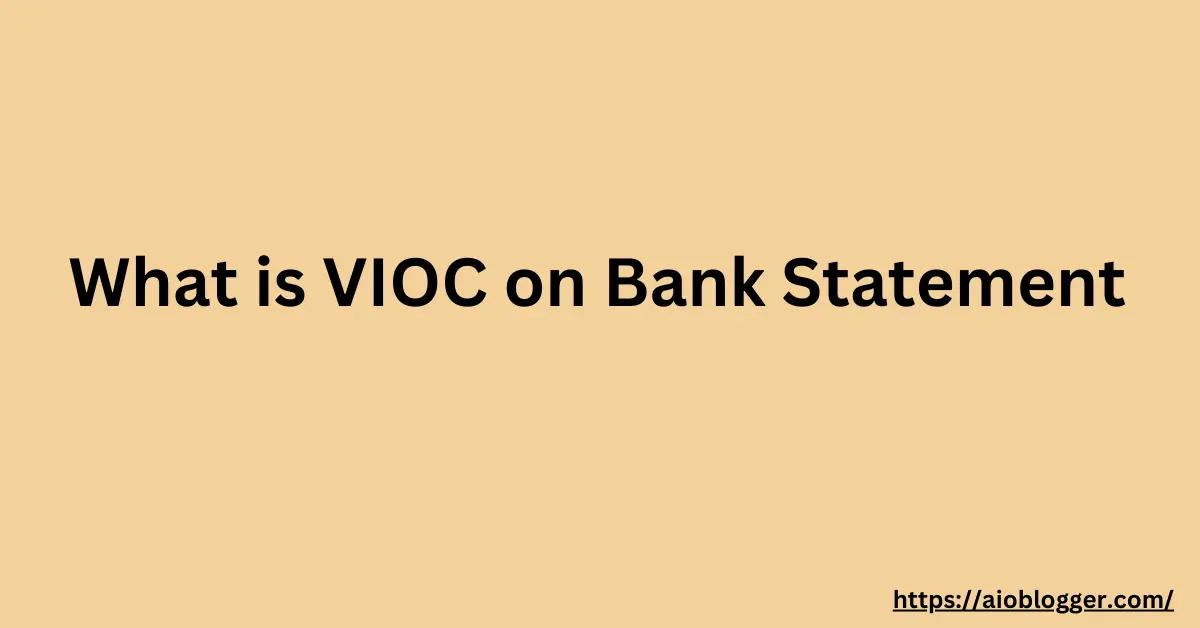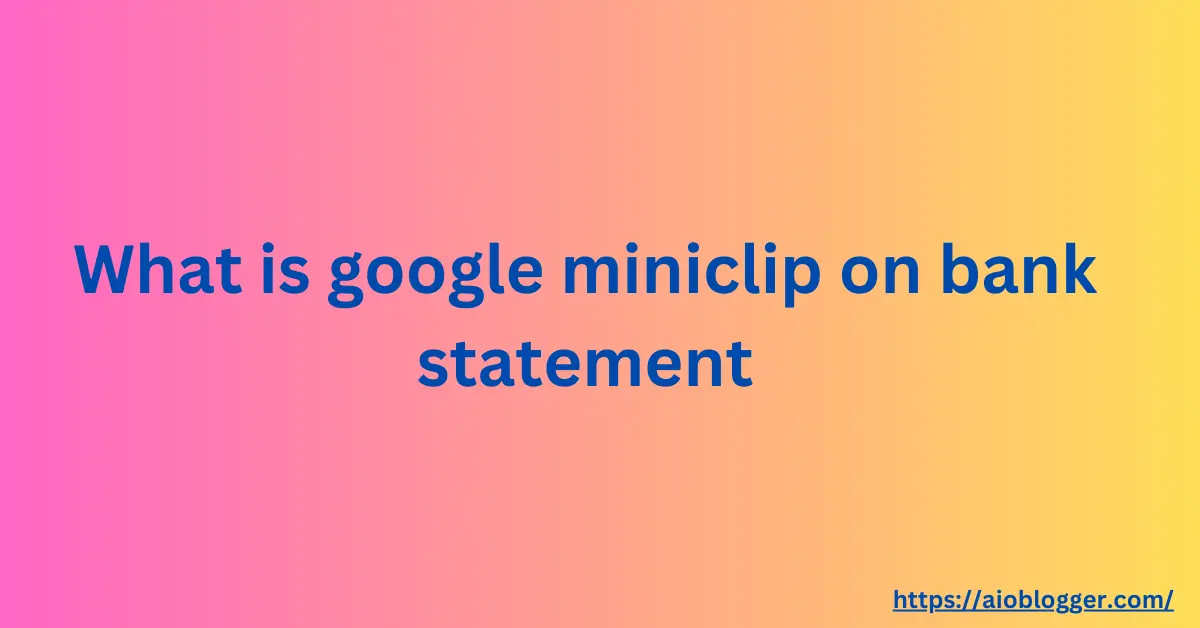In the hustle and bustle of managing our finances, it’s not uncommon to come across unfamiliar terms or charges on our bank statements. One such term that may catch your eye is “VIOC.” But fear not, as we delve into what exactly this charge entails and how you can handle it effectively.
What Is the VIOC Bank Charge?
The first question that likely comes to mind is, “What does VIOC stand for?” VIOC is an abbreviation for “Valvoline Instant Oil Change.” This charge typically appears on your bank statement when a financial institution verifies your income for various purposes, such as loan applications or credit assessments. Essentially, it’s a fee for the verification process conducted by your bank or another financial entity.
Finding the VIOC Charge in Your Bank Statement
Locating the VIOC charge in your bank statement is crucial for understanding its impact on your finances. It usually appears as a line item alongside other transaction details, often accompanied by a date and amount. Take the time to review your statement thoroughly to identify when and why the VIOC charge was incurred.
If you notice a VIOC charge that seems to be incorrect, immediately reach out to the Valvoline service center.
How to Handle the VIOC Bank Charge
Now that you’ve identified the VIOC charge, you may wonder how to manage it effectively. Here are some steps you can take:
- Review the Purpose: Determine why the VIOC charge was applied to your account. Was it for a loan application, credit assessment, or another financial transaction? Understanding the purpose can help you assess its validity.
- Check for Errors: Mistakes happen, even in banking. Verify that the VIOC charge is accurate and matches the services you requested or received. If you spot any discrepancies, promptly contact your bank for clarification and resolution.
- Evaluate Alternatives: Consider if there are alternative methods for verifying your income that may incur fewer or no charges. Some financial institutions offer digital Valvoline services or waive fees for certain account holders. Explore these options to potentially reduce future VIOC charges.
- Budget Accordingly: If the VIOC charge is a recurring expense, incorporate it into your budgeting process. By allocating funds for such charges, you can avoid unexpected financial strain when they appear on your statement.

Understanding the VIOC Bank Charge
Beyond its literal meaning, understanding the implications of the VIOC bank charge is essential for financial literacy. Here are a few key points to consider:
- Purpose: The primary purpose of the VIOC charge is to verify income information provided by account holders. Financial institutions use this verification to assess creditworthiness and mitigate risk.
- Cost: The cost of the VIOC charge can vary depending on the financial institution and the scope of verification required. It’s essential to be aware of these costs and factor them into your financial planning.
- Regulatory Compliance: Financial institutions may impose VIOC charges to comply with regulatory requirements, such as verifying income for mortgage applications or loan approvals. Understanding these regulations can provide insight into why the charge is necessary.
In conclusion, while the VIOC bank charge may initially seem perplexing, taking the time to understand its purpose and implications can empower you to manage your finances more effectively. By following the steps outlined above and staying informed, you can navigate VIOC charges with confidence and clarity.



